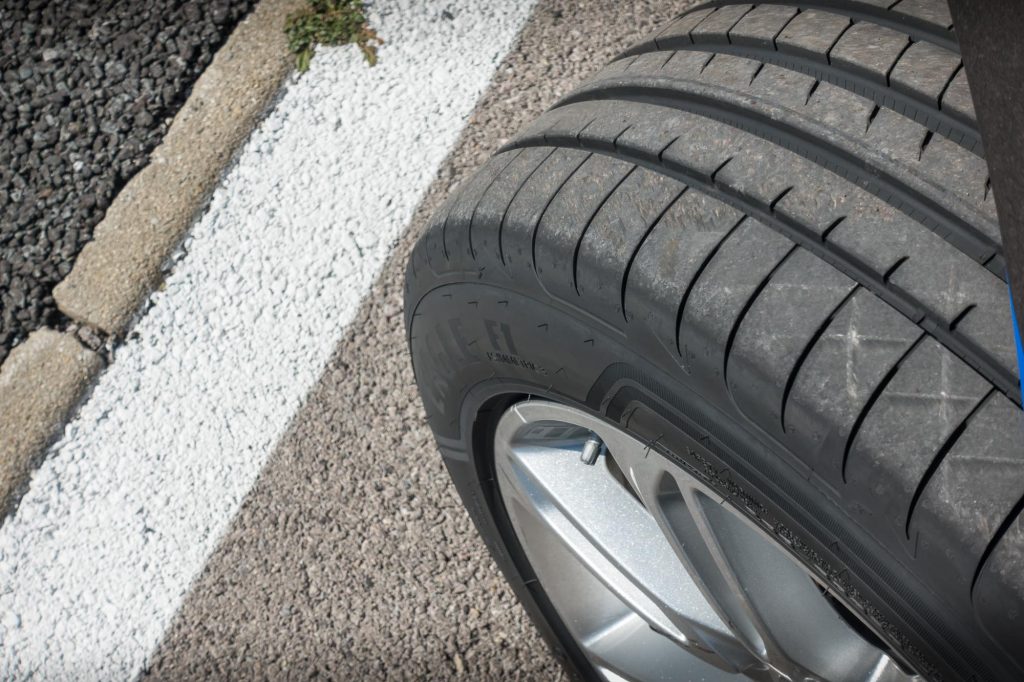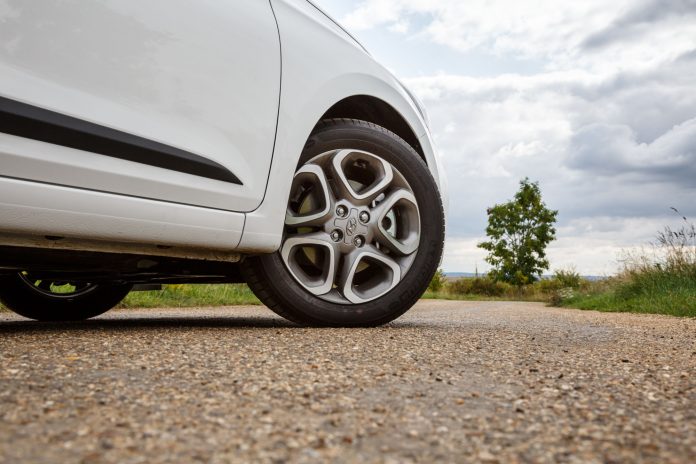As we all slowly come out of lockdown and shops and services begin to reopen, the government has made a crucial update surrounding MOT tests. From 1 August the mandatory test is being reintroduced for British motorists.
Originally, the Department for Transport reacted to the onset of the pandemic by extending the MOT expiry dates for all cars by six months. But, with lockdown rules lessening and an uneasiness around the number of cars that could be unsafe on the roads, there has been an update to the testing rules.
Here, we look at what this means for drivers and explain when your car could be up for renewal.
When Do I Need To Get An MOT?
To make sure you’re meeting the current rules and regulations, it’s worth double checking when your car was originally set to go in for an MOT this year. The Department of Transport has created two categories.
For those whose MOT was due between March and 31 July, you have a six-month extension on the original date. This means that if you’re meant to get it tested on 31 July, you’ll now be due on 31 January 2021.
However, if your MOT expires on or after 1 August, you’ll fall into the second category. So, you’ll need to book in for your test as usual.
Where Did This Update Come From?
The updated rules around MOT testing came from Baroness Vere on 29 June, giving motorists some time to check when their MOT is up for renewal and to book in with their nearest testing centre.
The reason for this update is largely because motoring organisations including The AA and RAC have put forward their concerns. These mostly involve a worry that, as more motorists head back out on the roads to work, they’re doing so in cars that might not be safe.
These are cars that would have typically failed the MOT and required updates and repairs. During lockdown, we were told to be careful and stay vigilant for any issues with our vehicles, but there’s now an increased risk of accidents or damage as we get behind the wheel once more. By introducing updated rules around testing, these risks are reduced.

What Do MOTs Involve?
So, what are testers looking for when we take our motors in for an MOT? By understanding what they’re checking, we can get an idea of what to be aware of ourselves while we wait for our MOT due date.
It’s worth noting that since May 2018, the government introduced tougher testing measures. The standards laid out by the Driving and Vehicle Standards Authority (DVLA) include checks on your vehicle identification number as well as your registration plate, which must be legible, secure, and correctly formatted.
Safety checks include seatbelts, steering and suspension, and brakes. Double check your wipers and lights, too. These are simple checks you can run yourself that can be inexpensive to repair and could save you failing your test.
Other checks include tyre thickness, as these must have a tread depth of at least 1.6mm in order for them to be legal to drive on. Again, you can run a simple check on this. Take a 20p piece and place it in the tread groove of your tyre. If you can’t see the outer band of the coin when you’ve slotted it into place, your tread is above the legal limit.
If your car fails on this, it’s worth searching for replacements from reputable stockists such as Protyre. Selecting tyres by leading brands such as Michelin or Pirelli means you’re more likely to enjoy added peace of mind as these are heavy-duty, well-made tyres that are built to last.
Double Check The Dates
To ensure you’re meeting current government guidelines, double check the date of your test. The DVLA has automatically moved the expiry dates so simply head to the government site where you can check your MOT status and enter your registration number to see when you’re due to book in for a test.














